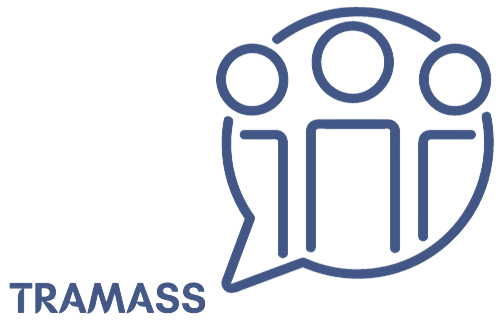Migration, a phenomenon intrinsic to human history, has left a profound mark on society, impacting both migrants and receiving communities. In the context of Spain, the arrival of migrants has enriched linguistic and cultural diversity, but has also posed challenges in communication and access to information. Linguistic and cultural diversity, rather than being a barrier, can be seen as an opportunity for exchange and mutual understanding. This is where translational activities, such as translation and transcreation, come into play.
Transcreation, an emerging practice, goes beyond mere translation. It involves a creative re-interpretation of messages to ensure that they resonate equally with audiences with different cultural and linguistic backgrounds. Unlike translation, which focuses on linguistic accuracy, transcreation seeks to maintain the intent and tone of the original message while adapting to the cultural sensibilities of the target audience. This involves not only adjustments to the language, but also to the presentation and cultural context of the message.
In the context of migration, transcreation takes on particular relevance. It not only overcomes language barriers, but also promotes cultural understanding, facilitating integration and social cohesion. By allowing messages to be culturally and emotionally relevant to migrant communities, transcreation contributes to building bridges of communication that foster inclusion and equity.
In the specific case of Spain, migrants from Africa face linguistic and cultural barriers that prevent them from accessing health information and the health system, impose administrative obstacles and, in the specific case of migrant women, these obstacles are multiplied. In this context, transcreation becomes a key tool for overcoming barriers and bridging cultures.
